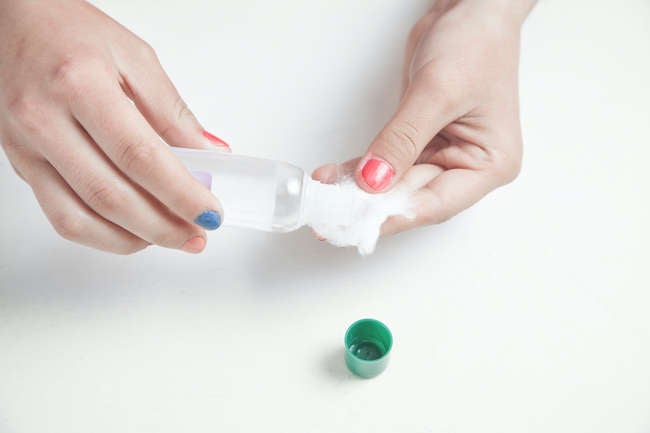We may earn revenue from the products available on this page and participate in affiliate programs. Learn More ›
Put Acetone to Work Around Your Home
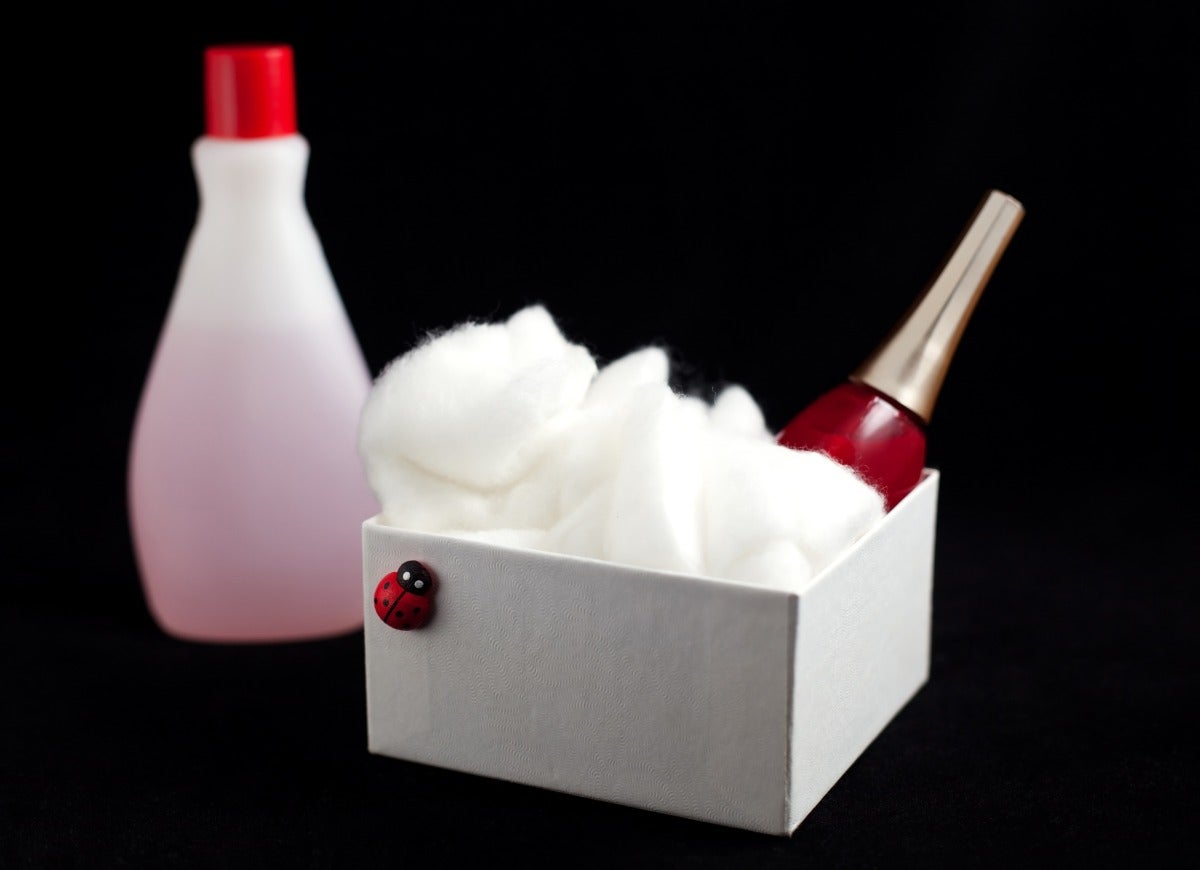
You probably know it best as a nail polish remover, but acetone’s uses don’t stop there. A versatile and inexpensive chemical, there are quite a few ways that acetone can work in your home beyond wiping away nail polish. It is effective for a variety of cleaning purposes, including removing scuff marks, de-sticking superglue, and dissolving sticker residue.
Also called propanone, this naturally occurring or synthetically created ketone is widely used in many industries, including manufacturing, chemistry, health and beauty products, and even as a food additive.
However, there are a few precautions. Acetone is highly flammable, so it should never be used near a flame or heat source. It can irritate the lungs and mucus membranes, so it should always be used with good ventilation, and it can dry or crack your skin, so wear gloves while handling it. When using any strong chemical, first test an inconspicuous spot with a tiny bit of the substance to be sure there is no undesired effect.
Related: 50 Ways to Repurpose Your Clutter
Get Rid of Scuff Marks

If there are ugly black scuff marks on your tile, concrete, or laminate floor, just pour a couple of teaspoons of acetone onto a clean rag or paper towel, and wipe the offending marks away. Then go over the area with a clean rag dampened in water to remove any lingering acetone residue. Don’t try this on a wood floor, however, as acetone can remove the finish and leave permanent marks on wood. When finished, either toss your acetone-dampened rag, or let it dry and then wash it as usual.
Clean Coffee Mugs
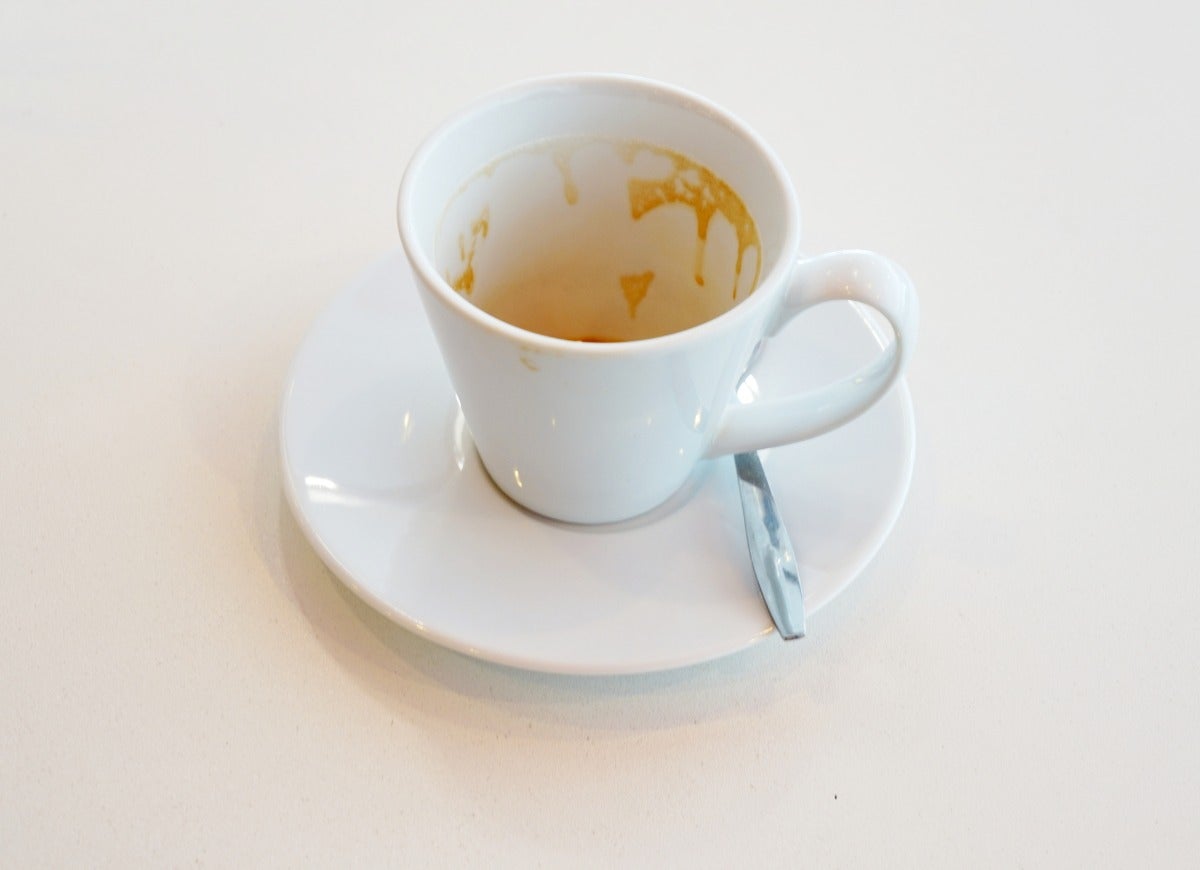
If your favorite ceramic or glass mug has brown coffee or tea stains that don’t remove with regular washing, acetone can help rescue the stains from the mug. Just pour a teaspoon or two of acetone into the mug, rub it over the stained areas with a sponge or rag, and then wash the mug as usual. It will look fresh and clean again. Either toss the sponge or rag afterwards, or allow it to dry and then rinse thoroughly with clean water.
De-Stick Superglue
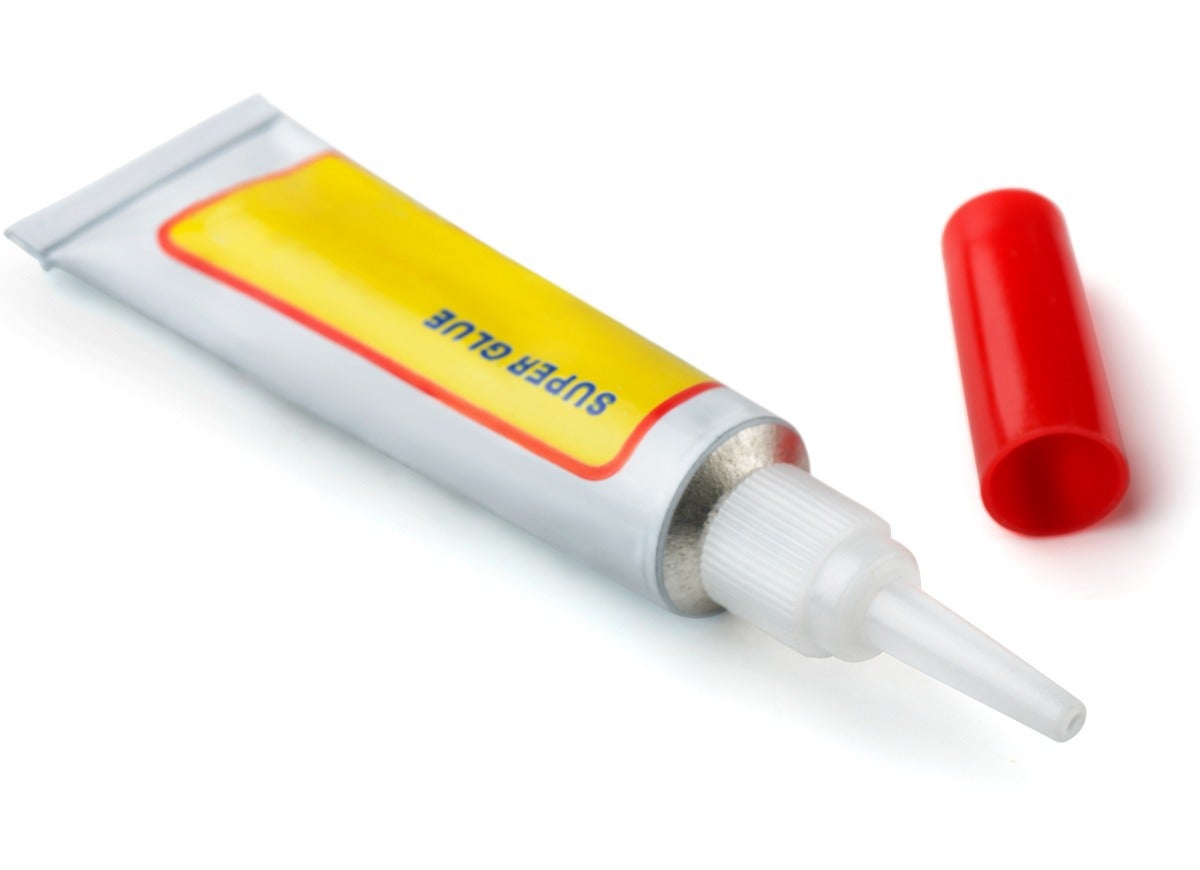
It’s an all-too-common scenario: While using superglue, you accidentally got some on your fingertips, and now your fingers are stuck together. Or perhaps you need the glue, but can’t get the cap off the tube thanks to dried superglue holding it in place. Luckily, you can solve both problems by rubbing a cotton ball soaked with acetone onto the problem area. This will dissolve the dried or sticky superglue.
Related: How to Remove Super Glue From Skin, Fabric and Other Surfaces
Remove Paint
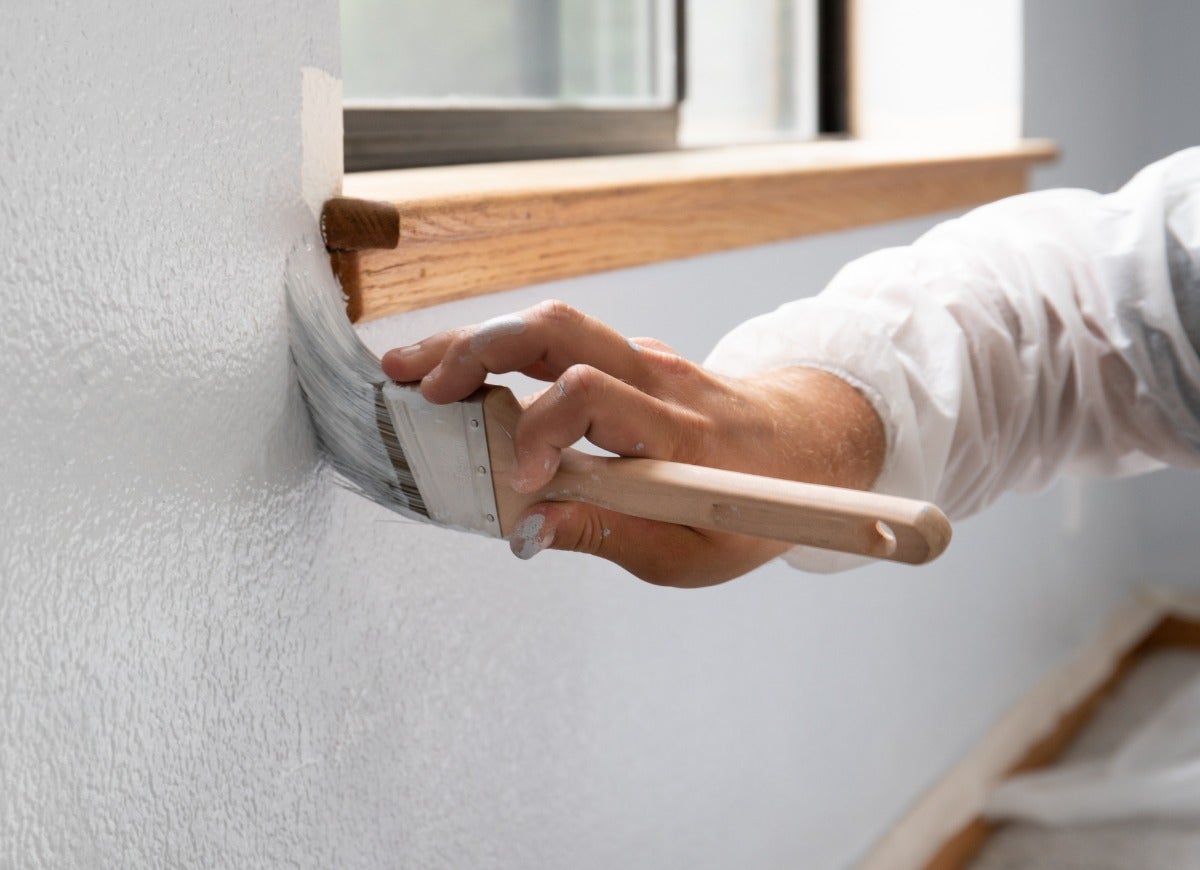
You painted the trim around your windows, but now there are specks of paint on the glass. The solution is as close as your bathroom cabinet: nail polish remover. Hold an acetone-soaked cotton ball on the paint splotches for a couple of minutes, and then use a clean, dry rag to wipe the paint away.
Buff Scratches Away

If there’s a small scratch on your plastic watch face, picture frame, furniture, or any other hard plastic item, you can smooth away the scratch with acetone. Dip a cotton swab in the acetone just enough to barely wet it, and then gently rub the swab over the scratched area. The acetone will slightly dissolve the plastic just enough to smooth away the scratch. Work slowly and carefully, as too much rubbing can make the damage worse.
Disinfect Grooming Tools
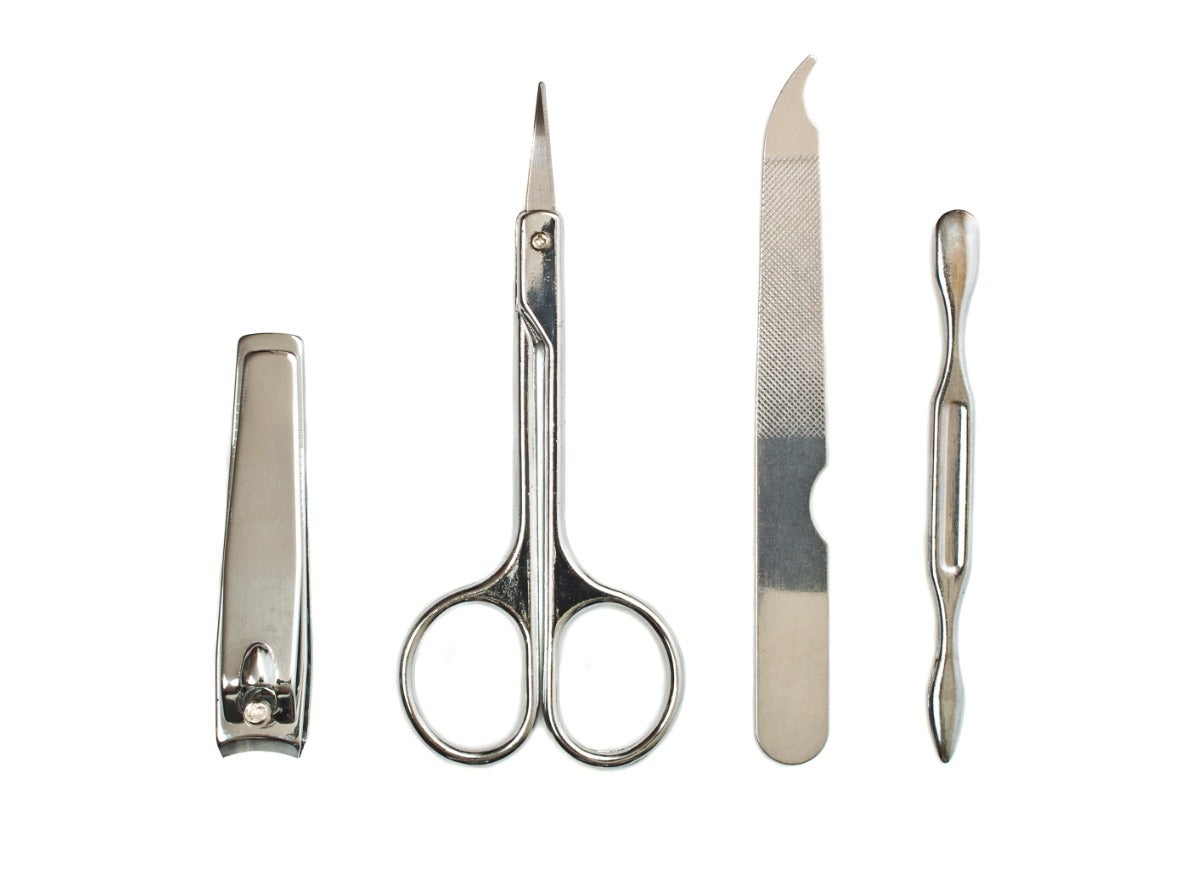
Small metal grooming tools, including razors, tweezers, scissors, and nail clippers, tend to harbor germs that potentially cause skin irritation or infection. Disinfect these beauty and grooming tools periodically by wiping them with an acetone-soaked cotton ball and then rinsing them with water before wiping them dry with a clean towel.
Get Ink Stains Out of Fabric
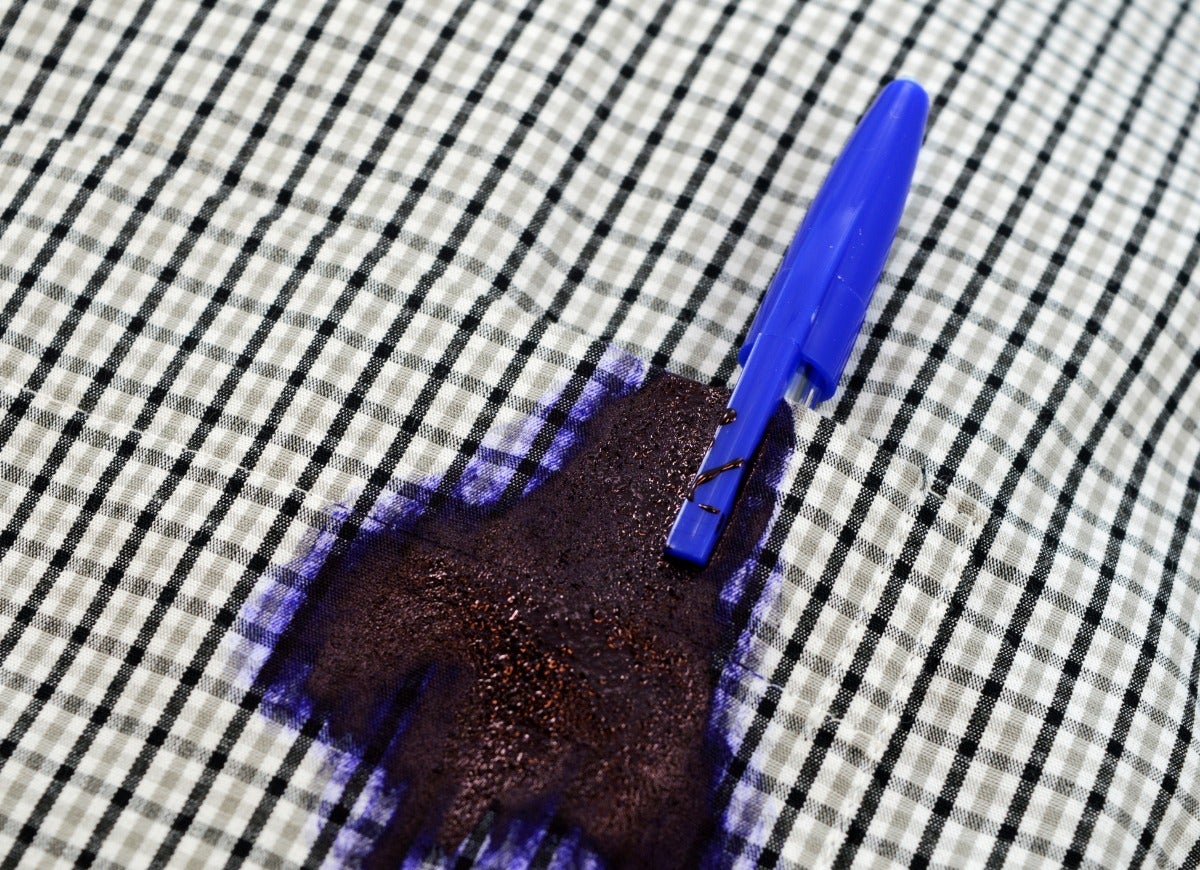
If you accidentally ran an ink pen across your favorite shirt and there’s a blue streak marring the fabric, acetone can help. Just reach for a bottle of acetone-based nail polish remover, mix one part acetone to two parts water, use a cotton ball or cloth to dab the solution on the ink stain until it disappears, and then wash the garment as usual.
While acetone safely can be used to treat most sturdy fabrics, such as cotton, polyester, wool, and most synthetics, it should not be used on acetate, triacetate, modacrylic, or very delicate fabrics such as silk. As a precaution, however, it’s always a good idea to first test an inconspicuous spot before proceeding with any new cleaning treatment.
Scrub the Tub
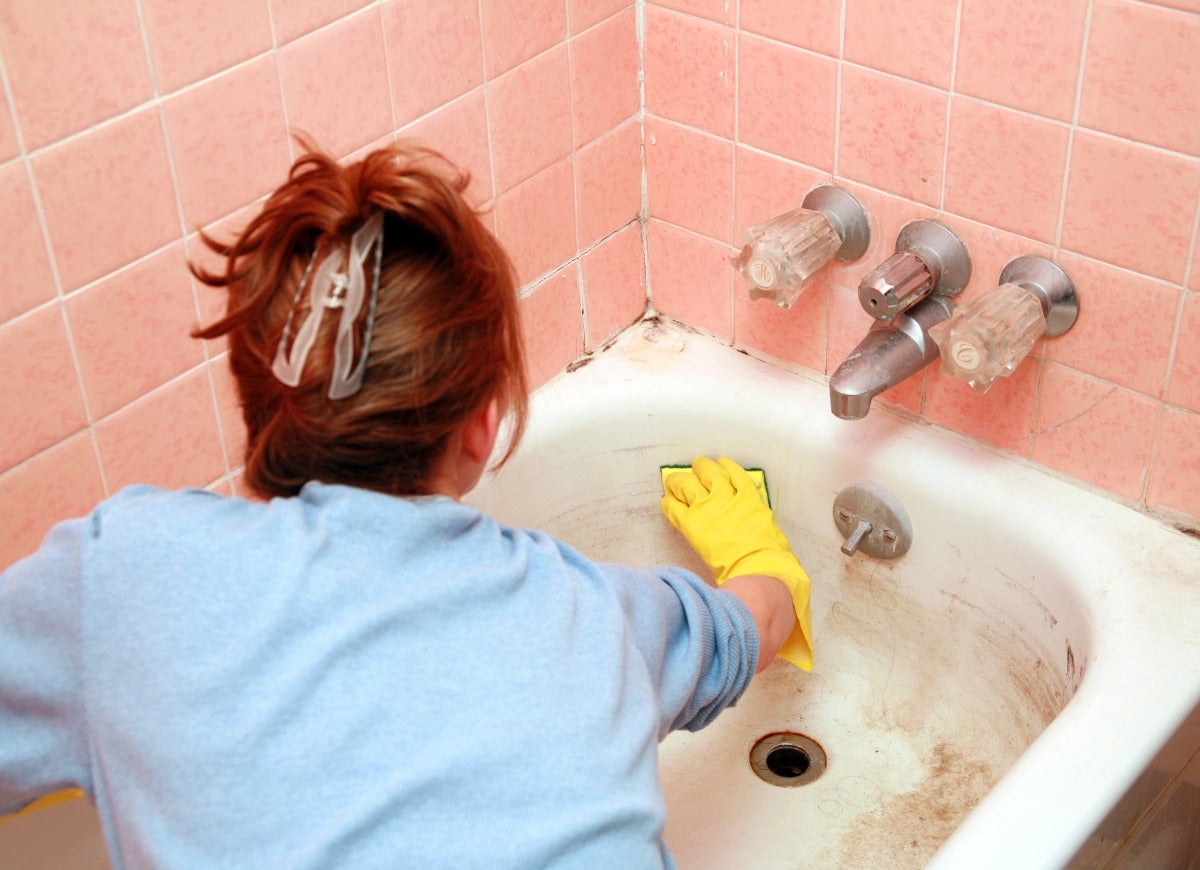
If your porcelain bathtub has an ugly brown ring or there are soap scum marks around your shower’s tile enclosure, don your cleaning gloves and mix a 50/50 solution of water and acetone. Dunk a rag into the solution, apply it liberally to the grungy areas, and then use a scrub brush to break up and remove the entire mess. Once done, rinse the now-clean tub with water and toss your rag or let it dry before washing it as usual.
Remove Melted Plastic
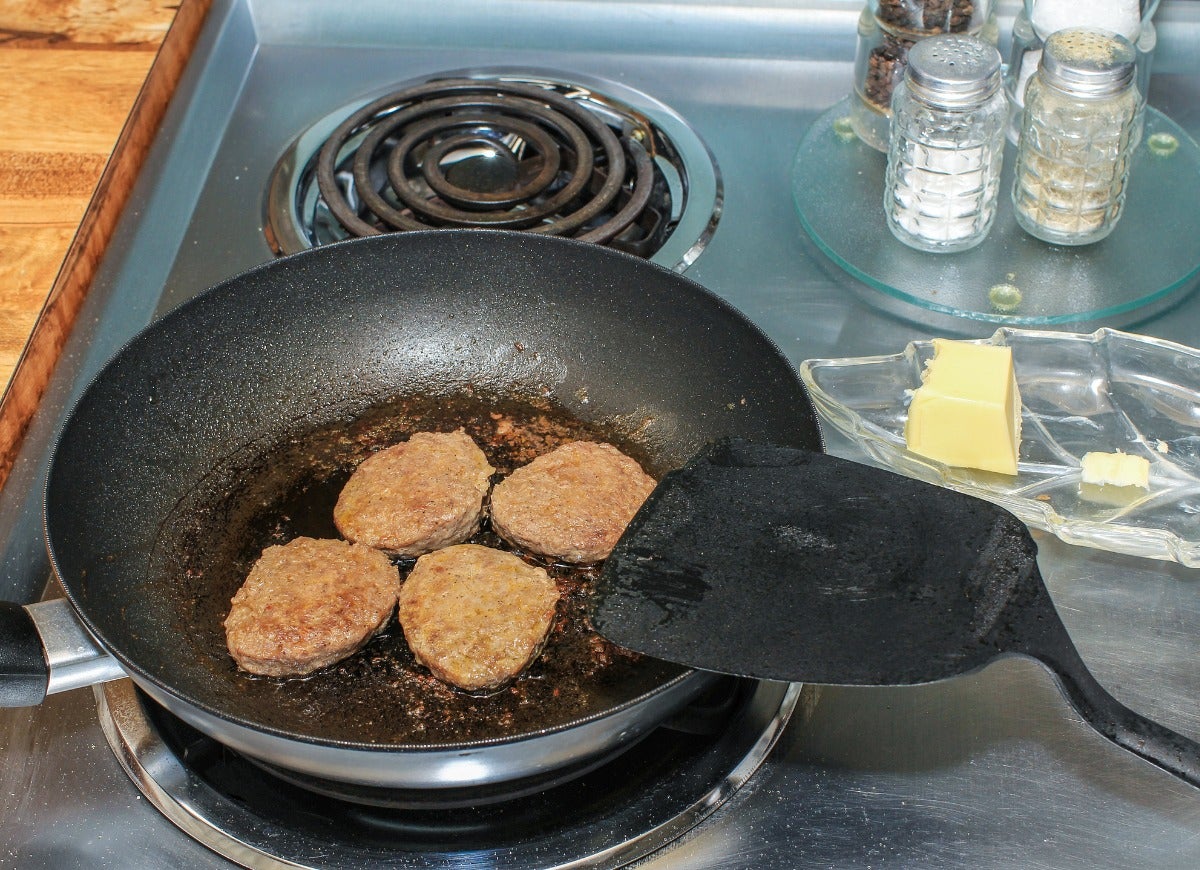
Whether the plastic bread bag accidentally touched the hot toaster, or you left your plastic-handled spatula resting on the edge of a hot pan, melted plastic is not an uncommon occurrence in the kitchen. But thanks to acetone’s ability to melt many plastics, you can use the solvent to clean away the mess. First, be sure the pan, toaster, or other metal item is completely cool and unplugged. Then, use a rag to wipe the melted plastic with acetone until the plastic begins to loosen. Continue until the mess is gone, and then use clean water to rinse the spot thoroughly before drying it with a clean towel.

Everything You Need for a Lush and Healthy Lawn
Keeping your grass green and your plants thriving doesn’t just take a green thumb—it starts with the right tools and supplies.
